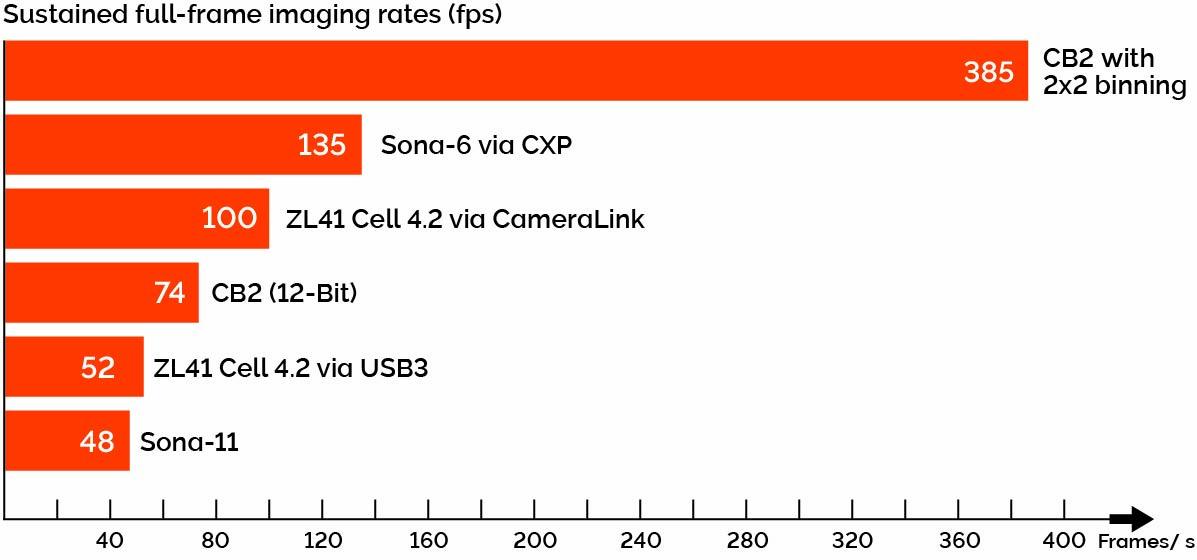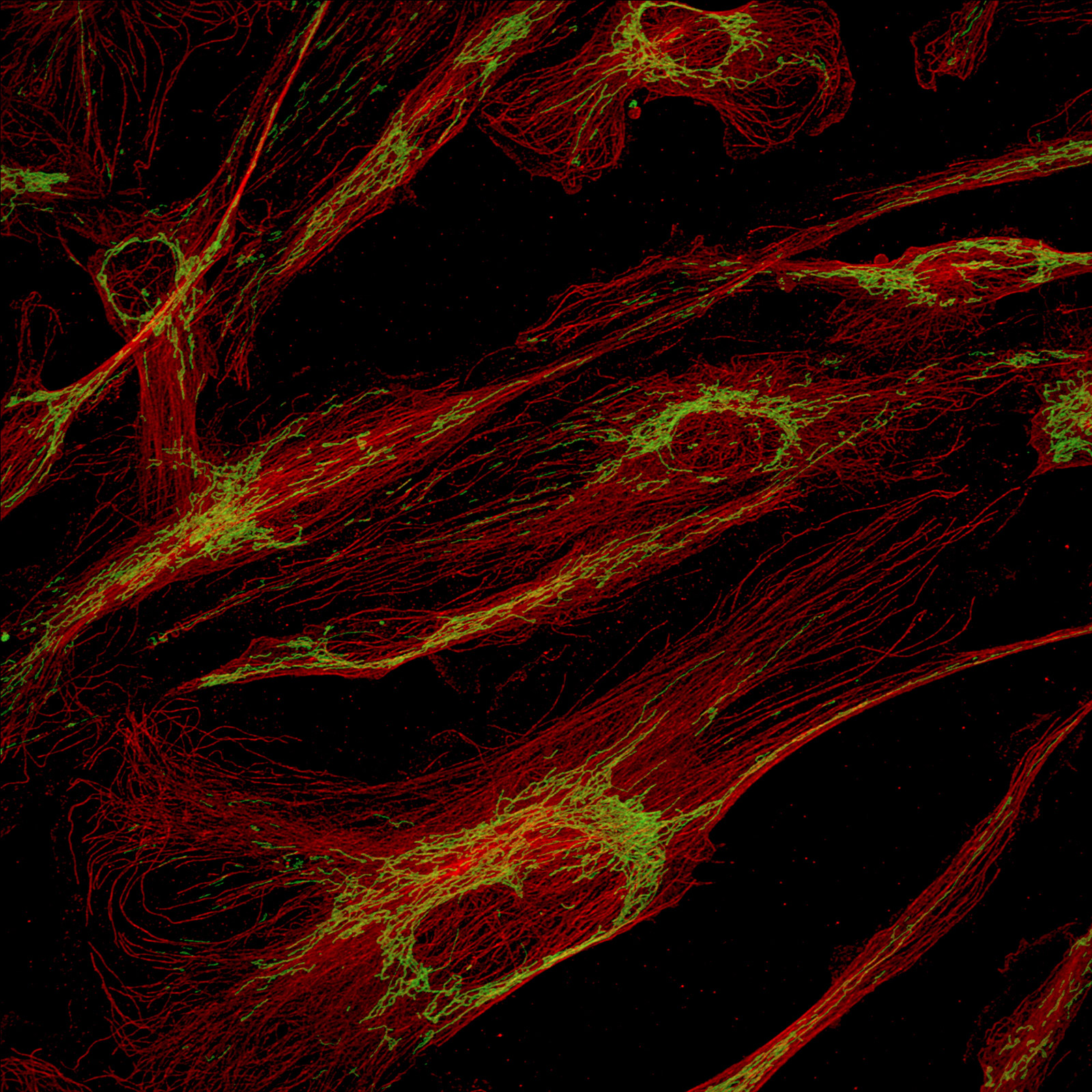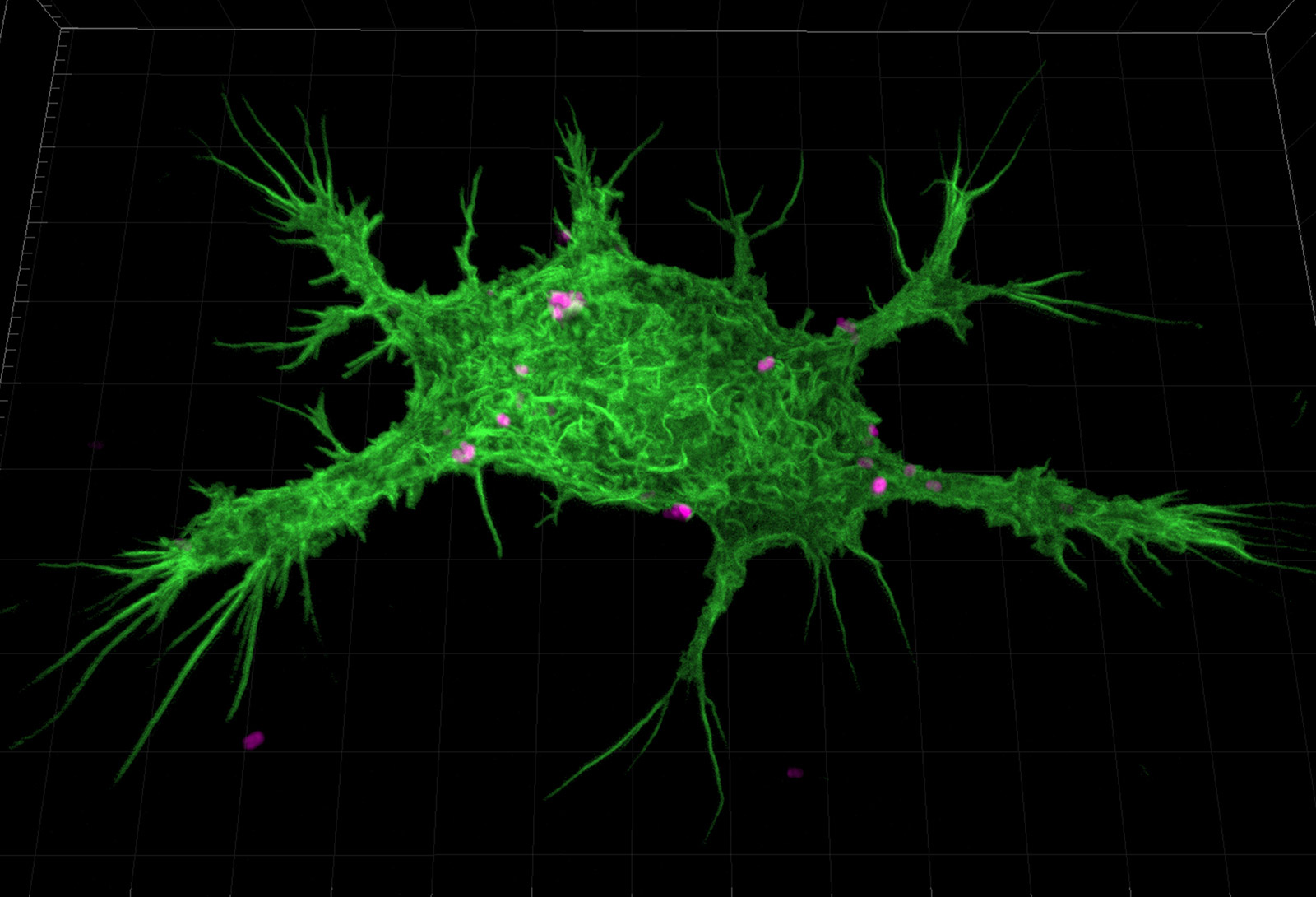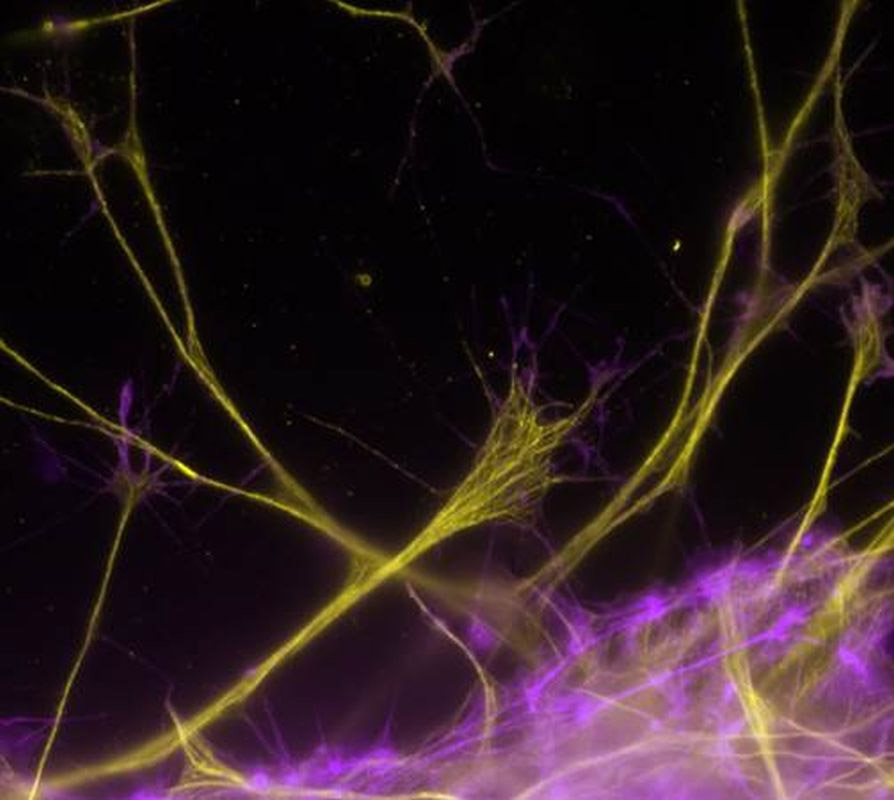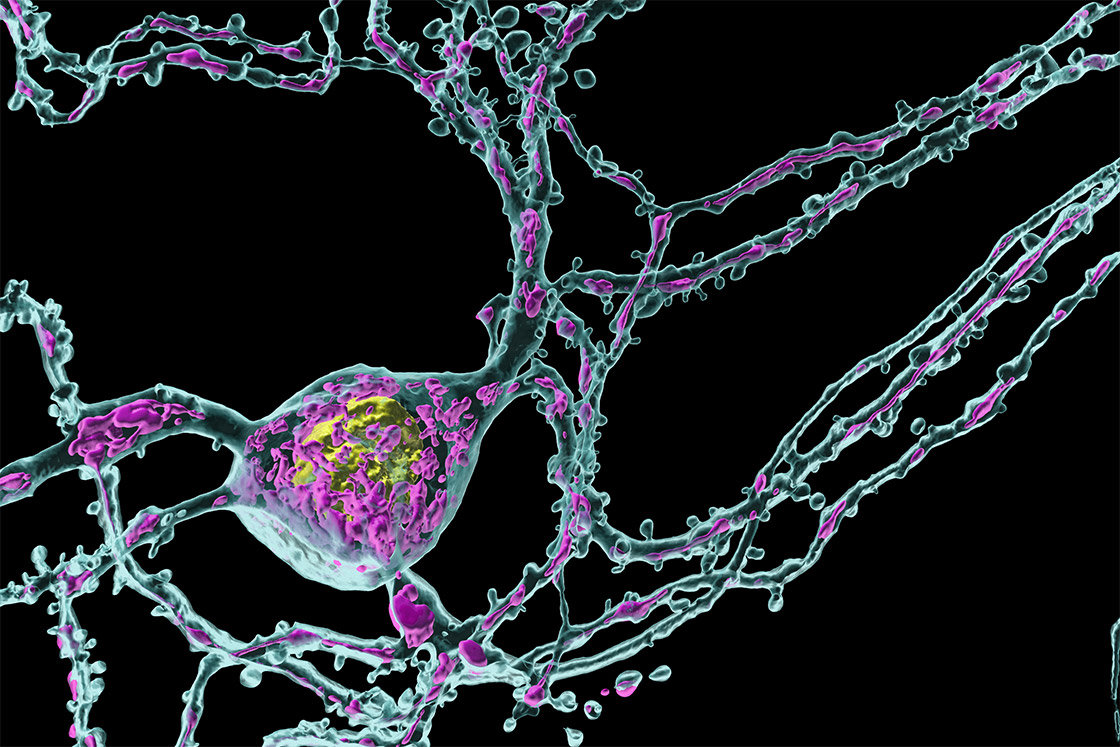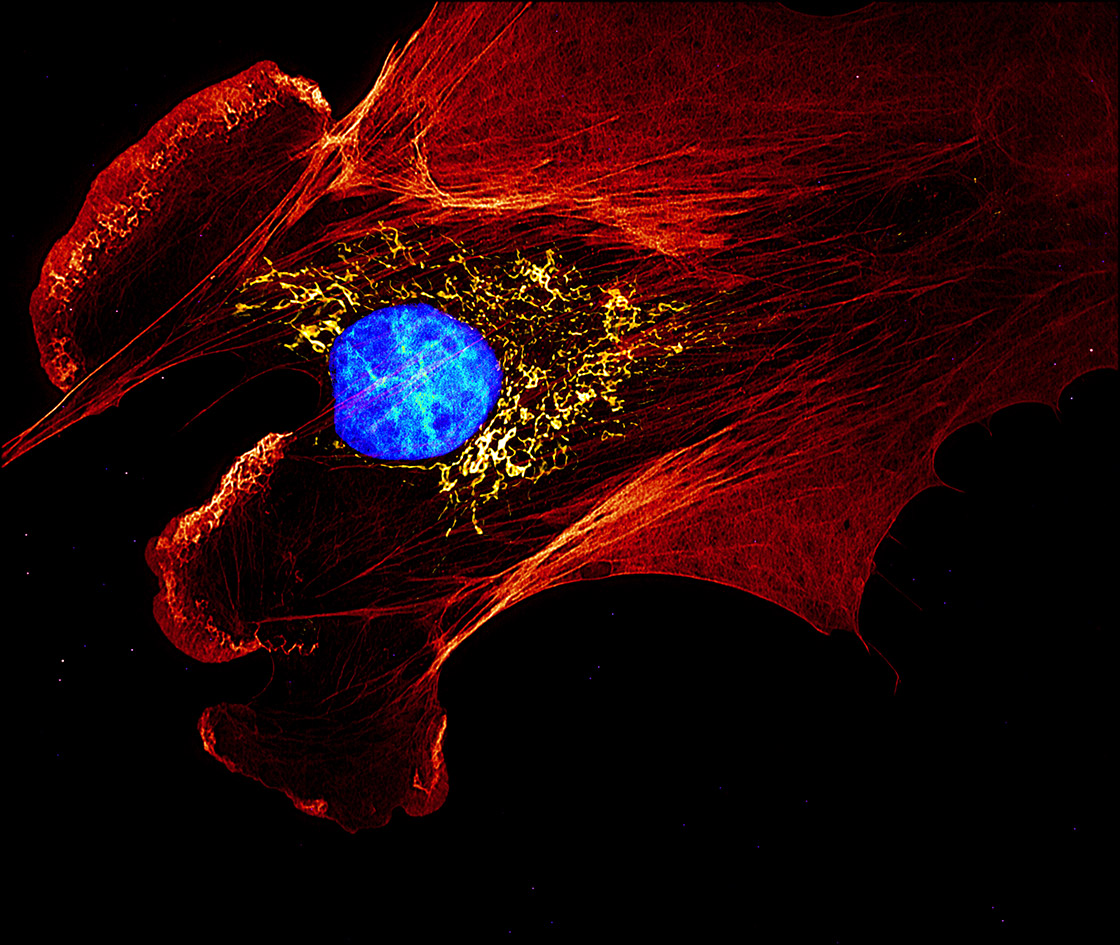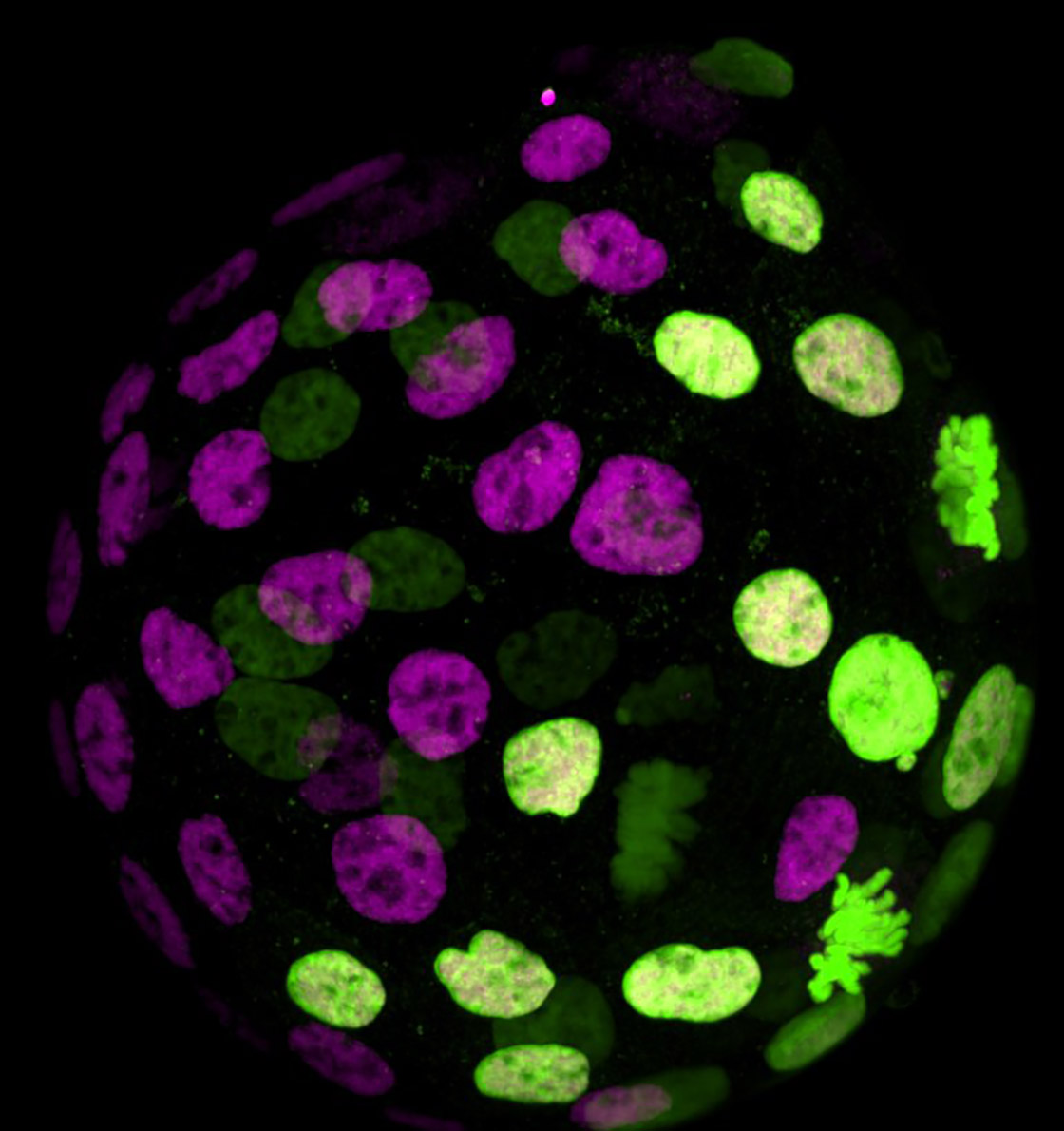Resources
 Part of the Oxford Instruments Group
Part of the Oxford Instruments Group
Expand
Collapse
Andor’s Scientific CMOS (sCMOS) cameras series deliver an advanced set of performance features that render them ideal for high fidelity, quantitative scientific measurements. Providing a wide gamut of application advantages across the biological sciences, the multi-megapixel cameras offer a large field of view and high resolution, without compromising read noise, dynamic range or frame rate.
Andor offers a complete range of sCMOS cameras, spanning a wide envelop of performance attributes. Whether your life science or physical science application requires a large field of view, ultimate sCMOS sensitivity, high speed capability, high resolution or even a compact and light OEM design, you can be confident that we can guide you towards the optimal solution.



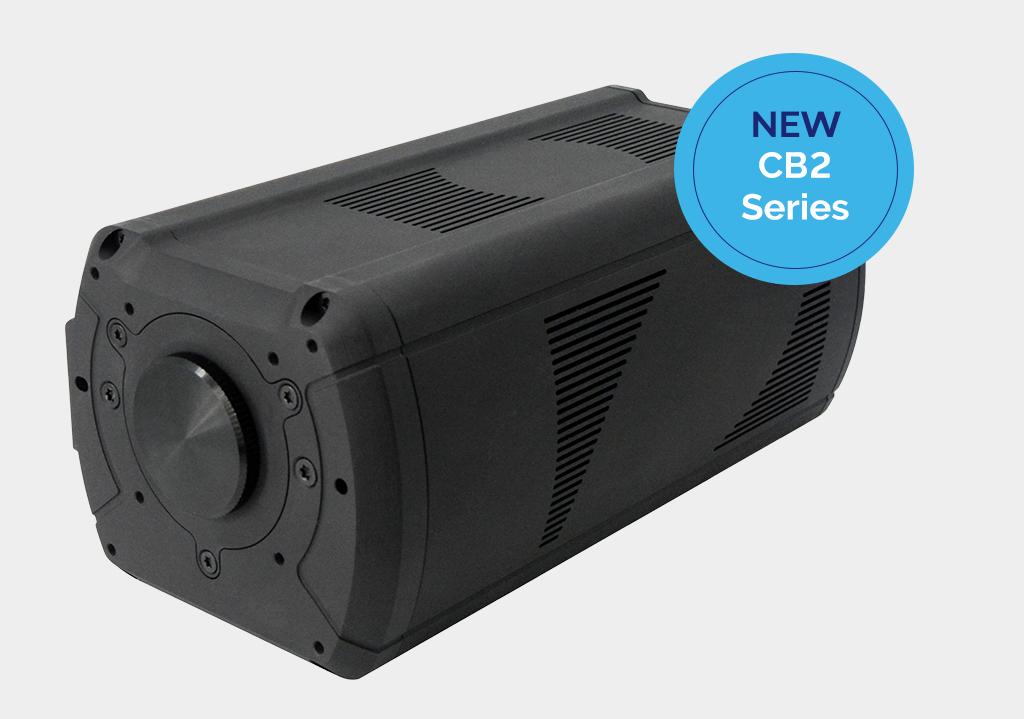
| Back-illuminated | Front-illuminated | |||||
| Model | Sona Extreme | Sona-11 (32 mm) | Sona-11 (22mm) | Andor CB2 24B | ZL41 Cell 4.2 | ZL41 Cell 5.5 |
| Sensor Format | 2048 x 2046 | 2048 x 2048 | 1410 x 1410 | 5328 x 4608 | 2048 x 2048 | 2560 x 2160 |
| Sensor Diagonal (mm) | 18.8 | 31.9 | 21.9 | 19.3 | 18.8 | 21.8 |
| Pixel Size (µm) | 6.5 | 11 | 11 | 2.74 (2x2 binned 5.48) | 6.5 | 6.5 |
| QE max (%) | 95 | 95 | 95 | 75 | 82 | 64 |
| QE Profile Options | BV | BV | BV | N/A | FI | FI |
| Min. Cooling (°C) | -45 | -45 | -45 | -40 | 0 | 0 |
| Exposure (Shutter) Modes | Rolling | Rolling | Rolling | Global | Rolling | Rolling and Global |
| Max. Frame Rate (fps, full array) |
43 (USB 3.0) 135 (CoaXPress) |
48 | 70 |
106, 2x2 binned: 386 (8-bit) -CXP 48, 2x2 binned: 188 (8-bit) -GigE |
100 (CameraLink) 53 (USB 3.0) |
100 (CameraLink) 40 (USB 3.0) |
| Min. Read Noise Median (e-) |
<1.0 (low noise, 2-CMS) 1.6 (high dynamic range) 1.9 (high speed) |
1.6 | 1.6 | 1.3 | 0.9 |
0.9 (rolling) 2.3 (global) |
| Max. Well Depth (e-) | 42,000 | 85,000 | 85,000 | 9,500 | 30,000 | 30,000 |
| Interface |
USB 3.0 CoaXPress |
USB 3.0 | USB 3.0 |
CoaXPress 10 GigE |
USB 3.0 Camera Link |
USB 3.0 |
| SRRF-Stream Compatibility | Yes | Yes | Yes | No | Yes | No |
| Learn More | Specifications | Specifications | Specifications | Specifications | Specifications | Specifications |
| Request Pricing | Pricing | Pricing | Pricing | Pricing | Pricing | Pricing |
The Sona-11 (32 mm) back-illuminated cameras utilize a unique technology approach to usefully access the entire 2048 x 2048 array, offering an impressive 32 mm sensor diagonal.

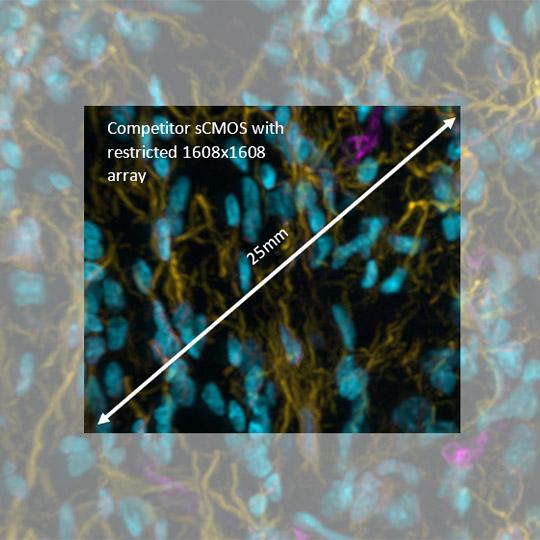
Microscopy Field of View Advantage: Sona-11 (32 mm) with 2048 x 2048 array has the largest sensor on the market at 32 mm!
Capture the weakest signals with the latest back-illuminated sCMOS sensors with up to 95% QE. Reduce exposures and illumination intensity. Reduce phototoxicity. Extend observations. Preserve cell physiology.
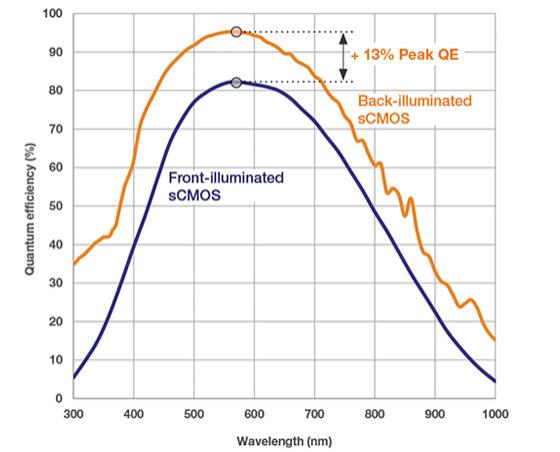

Comparative Signal to Noise under low light conditions (10 incident photons per 100 µm2 sensor area) - Under identical low light optical conditions, the Sona-11 with back-illumination and large pixel size is well suited to maximizing photon capture and Signal to Noise.
Andor sCMOS cameras offer our extended dynamic range functionality, supported by 16-bit range. Harnessing an innovative “dual amplifier” sensor architecture, we can access the maximum pixel well depth AND the lowest noise simultaneously. The result? Quantify extremely weak and bright signal regions in one snap.

| Model | Well Depth (e-) | Dynamic Range |
| Sona-11 (32 mm) and Sona-11 (22 mm) | 85,000 | 53,000:1 |
| Sona-6 | 42,000 | 26,250:1 |
| ZL41 Cell 4.2 | 30,000 | 33,000:1 |
| ZL41 Cell 5.5 | 30,000 | 33,000:1 |
| CB2 24B | 9,500 | 7,308:1 |
Furthermore, to achieve best in class quantification accuracy, Andor have implemented enhanced on-head intelligence to deliver market-leading linearity of > 99.8%.
sCMOS technology is based on highly parallel pixel readouts making it possible to combine high frame rates and high resolution, while maintaining very low noise.
ZL41 Cell and Sona cameras offer fast imaging for most applications via USB 3 connections. Need even more speed?
